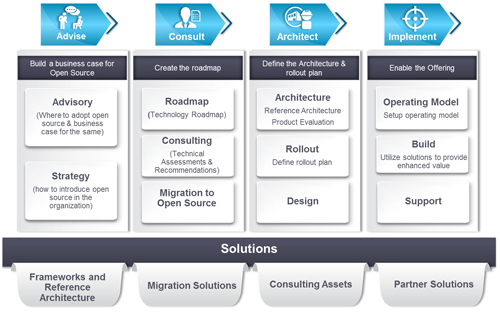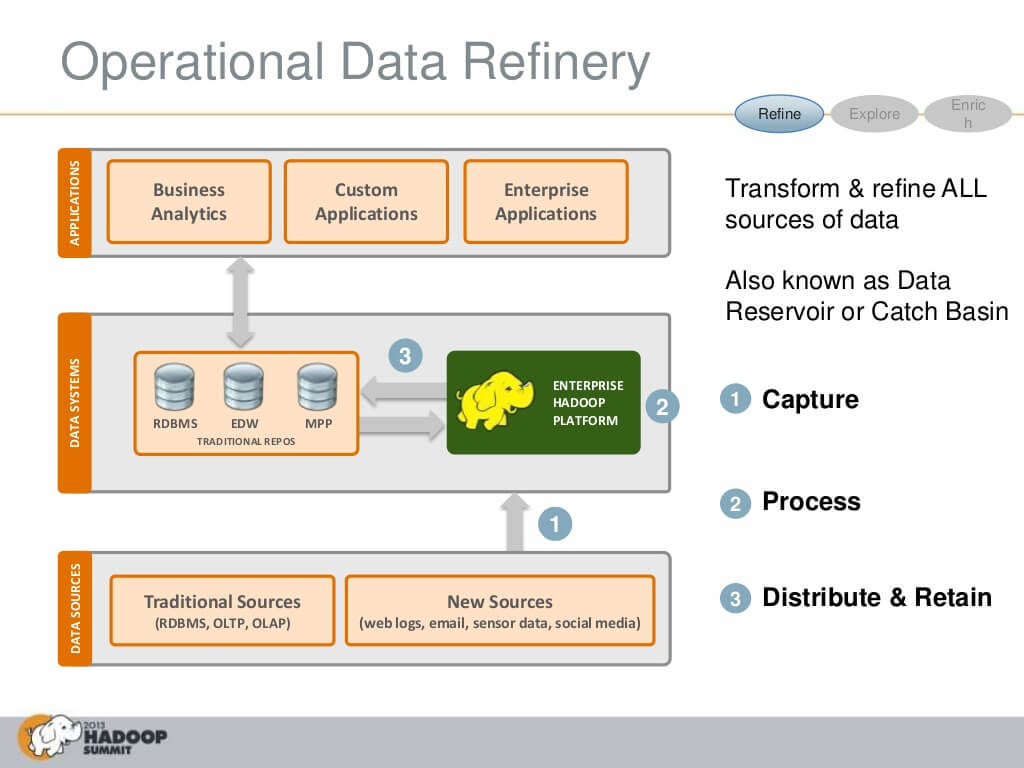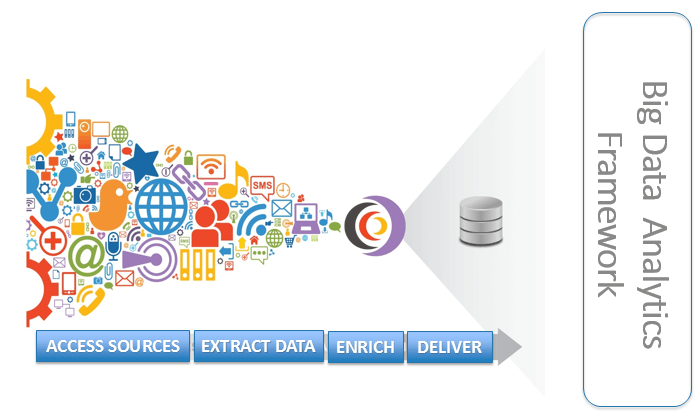Technology
Business Intelligence
Business intelligence is a general term that applies to any technology-based solution responsible for turning raw data into strategic business decisions.
Understanding Open Source Business Intelligence
Business intelligence is a general term that applies to any technology-based solution responsible for turning raw data into strategic business decisions. Business analytics (often referred to as BA) is just one part of this all-encompassing label; business intelligence (often called BI) applies to an ecosystem of infrastructure, tools, and processes that manage data gathering, processing, integration, and analysis. Advanced BI software offers self-service capabilities that enable business users and analysts to connect to data sources and begin exploring them visually. What begins as unstructured, disparate data becomes meaningful business insights made available to those who need it most.
Open Source Business Intelligence Analytics
If trying to determine what business analytics versus what is business intelligence is, remember this: analytics precedes intelligence, both alphabetically and metaphorically. Business analytics encompasses the skills, platforms, and procedures used for continuous, cumulative exploration of past business data to gain insight and drive strategic growth. Data pipeline management and automation generally breaks down to three phases: engineering, preparation, and then analytics. Once analytical processes have been established, then it’s time to dig into the usable intelligence.
After data prep has been finalized and the analysis is completed, it is often delivered in a dashboard or report. At this stage, users should be able to engage in unlimited data discovery, referring to all data sets in an easily accessible, visual manner. Exemplary BI/BA platforms offer the ability to integrate content into other applications, usually in the end user interface, and customize the resulting analytics user experience. Dashboards and other handy data visualizations empower users across the organization to utilize governed data, giving a top-to-bottom view of the data that matters most.


Benefits Of Business Intelligence
- By enabling users to gain more information by exerting less effort, BI can boost internal efficiencies, build data skills across teams, personalize user experiences, keep executives apprised in real time, and ultimately lead to smarter operational decision-making. All of that equates to minimizing wasted time and money, and maximizing the bottom line.
- Businesses looking to stay ahead of digitization know that data is quickly becoming a more valuable resource. Simply floating around on that data lake is no longer going to cut it when it comes to the competition; data mining done right yields a proverbial gold mine, turning your structured, semi-structured, and unstructured data into actual information that actual people can use.
- The information you glean from business intelligence can inform both operational and strategic decision-making. From identifying underperforming product lines to optimizing the supply chain, business intelligence is about using data to make your company more profitable and efficient.
- Companies without business intelligence programs are limited by how much of their raw data can be gathered and put into context by humans. With rapidly growing information from transactions, machine sensors, and other sources clogging up servers, these businesses are at a disadvantage. Firms with business intelligence plans can gain more insights with less work.
- Effective BI software uses an intuitive interface to open up business analytics to everyone. From entry-level team members to the CEO, the entire chain of command can run reports, analyze results, and present data in accessible ways.
Real World Applications
For companies looking to accelerate their data pipeline or make sense of their data lake, business intelligence tools (including business analytics) are critical. However, not all tools are created alike. Interface and output are both important, but they’re both also useless if they’re not being fueled by the right data. Platforms that collect, prepare, and structure data sets efficiently yield the greatest ROI.
Healthcare
Open Source BI helps healthcare providers improve quality of patient care, reduce costs, streamline operations and ensure regulatory compliance. Specific use cases include:
- Data management and monitoring for HIPAA compliance
- Data discovery tools and self-service analytics to improve patient flow and efficiency of admissions and discharges
- Creation of an organization-wide view of spending and cash flow
Read more detailed information about BI for Healthcare use cases.


Retail
Open Source BI helps retailers gain greater visibility into their customers, product sales, and suppliers to improve their financial performance and maximize profits. Specific use cases include
- Building an intelligent supply chain that responds to production and demand signals
- Sentiment analysis to improve relationship with consumers
- Analyzing success of past offers to design profitable up-sell and cross-sell offers
- Comparison of sales and labor expenses to ensure proper expense control
Data Collection
On a very basic level, BI starts with data ingestion. Information is extracted from the source — like a CRM, ERP, or billing database — and is subsequently consolidated. It’s scrubbed for quality, transformed in format and content, and then moved into a target system (often Hadoop, a data warehouse or a relational database) for business intelligence tools and business analytics purposes.
Data ingestion can turn into data congestion surprisingly fast, though; having remote data sources, new data types, and increasing data volumes adds complexity to a project, especially when attempting a data migration. As organizations scale up data onboarding from just a few sources to hundreds or more, IT’s time becomes monopolized; data engineers can end up developing hundreds of hard-coded data movement procedures, creating a highly manual, highly risky process.


Data Preparation
Specture Labs with open source BI can help to blend, prepare, and enrich multiple data sources; all of this cross-system collaboration paints a more complete picture of your customers and business entities. Data analysts, data engineers, data scientists, and other users should be able to integrate and prepare semi-structured and unstructured data across Hadoop, NoSQL, analytic databases, and any other emerging big data technologies — all in conjunction with traditional data sources.
An intelligent BI platform allows users to visually onboard data to Hadoop and refine it at scale by processing data in-cluster, parsing, cleaning, joining, and enriching it along the way. Once everything is prepared, it can be properly sorted into relevant reporting tools and orchestrated accordingly.
When you blend operational data sources together with big data sources, you create an on-demand analytical view across key customer touch points. One shared, secure, governed view allows key stakeholders to gain powerful insights into buyers, the brand, its products, and services. Data-driven decision-making isn’t a buzzword; it’s a methodology, and the reason why Open Source BI believes in each and every one of its products. Browse through our solutions and get in touch today to discuss what would work best for your business.
